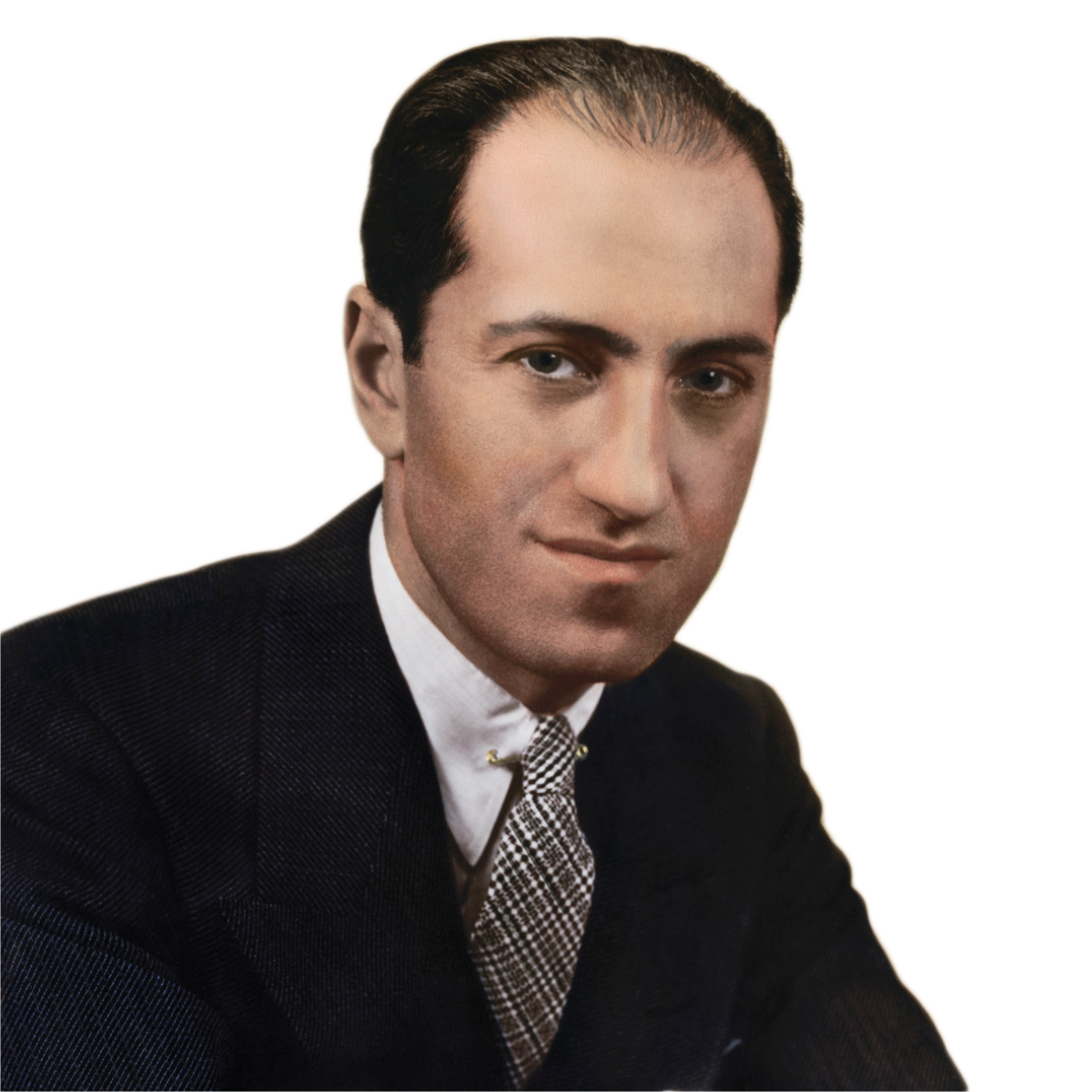
|
Rhapsody in Blue |
Composed: 1924 Estimated length: |
|
Born on September 26, 1898, in Brooklyn, New York; Died on July 11, 1937, in Hollywood, California. |
|
|
First performance: February 12, 1924, in New York City, with the composer as the soloist and Paul Whiteman leading his band. |
|
|
First Nashville Symphony performance: These are the Nashville Symphony's first performances of this work for a Classical series concert. |
|
Paul Whiteman first became a champion of Gershwin when he invited the young composer to write his boldly innovative one-act, jazz-inspired opera Blue Monday as part of a popular Broadway revue he conducted in 1922. The artist who partnered with Gershwin to orchestrate that score was Will Vodery, one of the few Black composers and arrangers active in the Broadway scene of that era— and a figure whose legacy remains sadly little known.
Whiteman subsequently commissioned Gershwin to contribute to “An Experiment in Modern Music,” an extravaganza he scheduled for February 1924. Gershwin was fond of recounting that he had set his commitment aside, only to be reminded about a month before the date by a newspaper ad. He composed Rhapsody in Blue at a frenetic pace, preparing a sketch for two pianos between January 7 and February 3. Gershwin later claimed that the structure for the whole piece came to him while traveling on a train, as he listened to “its steely rhythms, its rattle-ty bang, that is so often so stimulating to a composer.”
The title Rhapsody in Blue was suggested by his brother Ira as a playful allusion to the artist James Abbott McNeill Whistler’s specification of colors in the names for some of his paintings. Whistler’s titles, for their part, often make explicit cross-connections between his paintings and musical genres.
A central achievement of Gershwin’s legacy was to combine a personal style that had been shaped by popular music with the ambitious, long-form structures associated with the European classical tradition. “Finding himself in a musical world split into separate spheres, popular and classical, he maintained a staunch commitment to both,” writes Richard Crawford in his recent biography Summertime. Rhapsody’s fusion of classical and popular sources gave notice to the cultural gatekeepers of the era that the old ways of presenting a musical canon could be challenged.
WHAT TO LISTEN FOR
Gershwin distills the fast-slow-fast structure of the classical concerto into a single-movement mini-concerto. His tunes are characterized by flattened “blue” notes and syncopated rhythms, as well as hints of Latin dance, ragtime, and stride piano. “Classical”-sounding virtuosity coexists comfortably with vernacular American idioms, while Gershwin’s rapid modulations of key and transitions are bold. The composer summed up Rhapsody in Blue as representing “a musical kaleidoscope of America—of our vast melting pot, of our unduplicated national pep, of our blues, our metropolitan madness.”
Along with solo piano, scored (by Ferde Grofé) for 2 flutes, 2 oboes, 2 clarinets, bass clarinet, 2 bassoons, 2 alto saxophones, tenor saxophone, 3 horns, 3 trumpets, 3 trombones, tuba, timpani, percussion, banjo (optional), and strings
− Thomas May is the Nashville Symphony's program annotator.